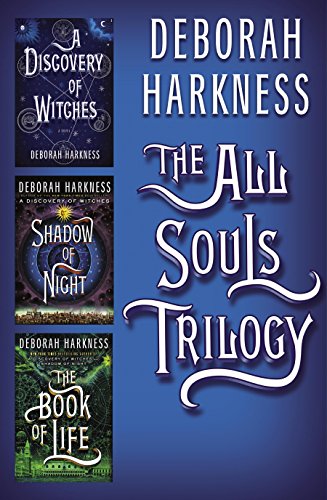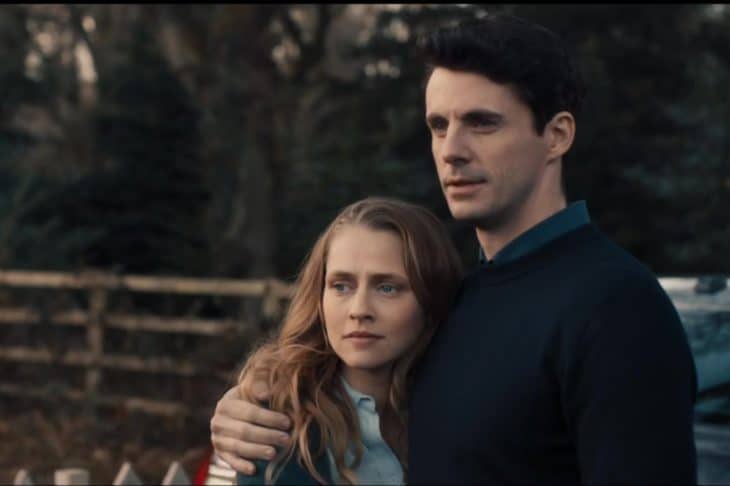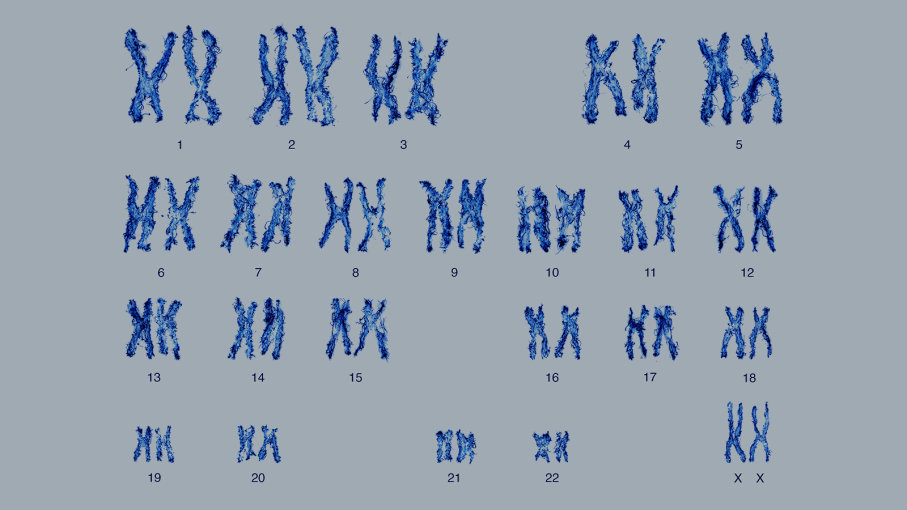
The All Souls Trilogy Boxed Set
Sit back, relax, and prepare to obey your husband as you join me in this world of patriarchal hullabaloo.
I first came to know about the All Souls trilogy when I saw a preview for a new show, A Discovery of Witches. It seemed kind of intriguing, and after a little looking into it, I saw it was based off a book. Little did I know the journey this book would take me on.
After seeing a copy of “A Discovery of Witches” at a library book sale for $0.50, I decided to splurge and purchase a copy. As with most library book sales, there is a reason the book is being sold – and usually, it’s because no one wants to read it anymore.
This is something I quickly realized as I dug into the book. Nevertheless, I decided to persevere and read the other two books in the series (because despite of this series’ many flaws, it did have a central mystery that I wanted to solve). Thus, here is my full All Souls trilogy book review. Sit back, relax, and prepare to obey your husband as you join me in this world of patriarchal hullabaloo.
My All Souls Trilogy Book Review
The first thing you need to understand about these three books is that there is very little original content here. Primarily, the books are a complete and utter ripoff of the Twilight series, the Outlander series, and even a bit of Dan Brown with the psuedo-science elements. You might be thinking – “hey, I liked those series! So I’ll probably like this, right?”
Wrong. Simply combining elements of other popular fantasy series does not make a book good. Rather than capitalizing on these elements and making them unique, Harkness delves into the tropes these books create in a way that stifles her attempts at original fiction.
The Plot
The first thing we should really discuss here is the plot. Despite having a combined 1,682 pages (at least in the collected eBook version), this series doesn’t really have a lot going on. Sure, the characters flit around the world a lot, going from Connecticut to Oxford to France to Prague to… I dunno, wherever else the vampires have a luxurious home just awaiting their arrival. But aside from all that back and forth, the premise is relatively simple.
In the first book, Diana finds this enchanted book, meets Matthew, falls in love, and learns she sucks at magic. That’s basically it. Insert intense tea-drinking sessions, conversations about vampire lore, and descriptions of scents, and you’re somehow at 579 pages. It’s Twilight, but for adults?
In the second book, Diana and Matthew travel back in time to London, where they write correspondences, flit from ancestral home to ancestral home, and have a jolly old time with important historical figures (all without altering the future). Diana does learn more about her magic, but honestly, this book is pretty worthless unless you want to learn about how 16th-century England did not actually smell bad because people used perfume (because wearing perfume definitely covers up the stench of raw sewage and body odor). It’s Outlander #2, but in London?
In the third book, some stuff actually starts to go down. Diana has her twins (don’t forget she had a miscarriage in the second book, just like in Outlander), she becomes part of the Congregation, and Matthew has to face off against his evil vampire son. And we finally get to the conclusion that all four species of creatures are actually all… humans, with genetic mutations. Of course, this only comes after months of waiting around and twiddling thumbs. It’s Twilight #4?
What I’m trying to say is that probably half of this series is just filler and could have been cut. At times, the prose reads like a journal entry from Diana, haphazardly listing the day’s events without any real enthusiasm. Some people might like this overabundance of useful information, but for me, it dragged everything down.
The Characters

The next sour point I have to address – the characters. Considering the books’ similarities to the Twilight series, it should come as no surprise that our main two protagonists are Mary Sues with no personality or interests. At the beginning of the first book, it seems like Diana could become a fully-fledged character. She was an independent woman with a career and hobbies. However, as soon as she meets Matthew, she devolves into a personality-less vessel for all of his desire.
Matthew is the same way. He has no real personality other than his tendency to slip into blood rage whenever Diana doesn’t listen to him. This is incredibly problematic and not really the kind of message we should be sending to women in this age of feminism.
Of course, there are also the secondary characters to worry about. Who are they again? Oh yeah, I don’t remember because none of them have personalities either. You could literally change around their names and I wouldn’t even notice. They flit here and there throughout the story, adding generic pieces of dialogue here and there just so you remember they exist. None of them are fleshed out in any capacity, and those that are quickly abandon any sort of uniqueness in order to fill the demands of the story.
Can we also just talk about how there are vampire housekeepers and servants? Really? If I was granted eternal life, I would not be spending it sweeping the floors of a castle for vampire overlords.
The Sexism
OK, you know it’s been coming, but we need to have a chat here about the sexism in this book. I get that vampires are probably deeply rooted in traditions of old; after all, most of them lived through centuries and millennia of having men in charge. That being said, there is absolutely no reason the primary love interest in this book should be allowed to get away with this attitude.
Diana is supposedly a strong, independent woman who don’t need no man, at least according to her inexperience with having a boyfriend. But as soon as she meets Matthew, she immediately abandons her career and life to become his concubine.
What’s more, before she even has a say in the matter, she is engaged/married to Matthew. Um… ok? Things get worse after the dynamic duo travel back to the 16th-century, where Diana is even further deprived of her rights as a modern woman. Instead of trying to fight back at all against this suppression, she just goes with the flow, following the commands of her new husband as if this is how she was raised.
In other words… it’s kind of sickening. Some people might find this romantic or whatever, but come on. No romantic relationship should demand so much sacrifice from another party, regardless of male/female dynamics.
The Science

Finally, the part I have been itching to truly cut into. The science.
Quick science lesson: humans usually have 23 chromosome pairs. Having an extra or missing one usually results in a miscarriage, but if the baby does survive, they’ll typically have a disease like Down syndrome or another birth defect that drastically alters their ability to have a normal life.
In other words, it’s usually not a good thing to have anything but 23 chromosomal pairs.
In this series, having extra chromosomes doesn’t imbue the fetus with mental disabilities or congenital malformations. It actually makes them a witch, vampire, or daemon.
Yeah. Just yeah.
Not only is this ridiculous enough, but the big twist at the end of the series is even more mind-blowing. I won’t spoil it just in case you ever decide to read these tomes, but if you understand anything about biology and science, you’ll just be shaking your head and wondering how none of these scientists thought of this before.
The Good Parts
Not everything in this series was a complete trainwreck. There were a few elements that were actually kind of inventive and creative.
For one, I really like the idea of weaving as a way to build magic. I haven’t seen this element before in fantasy, so I’m happy that the author was able to create something that was her own. It made the idea of magic far more tangible and accessible.
I also appreciate the vampire hierarchy, which was kind of interesting to think about. After living so long, it’s possible to be best buds with your great-great-great grandson – an often overlooked concept when talking about vampires.
Overall Conclusions
Should you read the All Souls trilogy? If you want. I can’t stop you. But just think about this… why spend hours pouring over roughly 1,600 pages of regurgitated ideas when you could just read the original versions? Or if you’re looking for original fantasy, try something like this. But yeah. My All Souls trilogy book review ends here.
